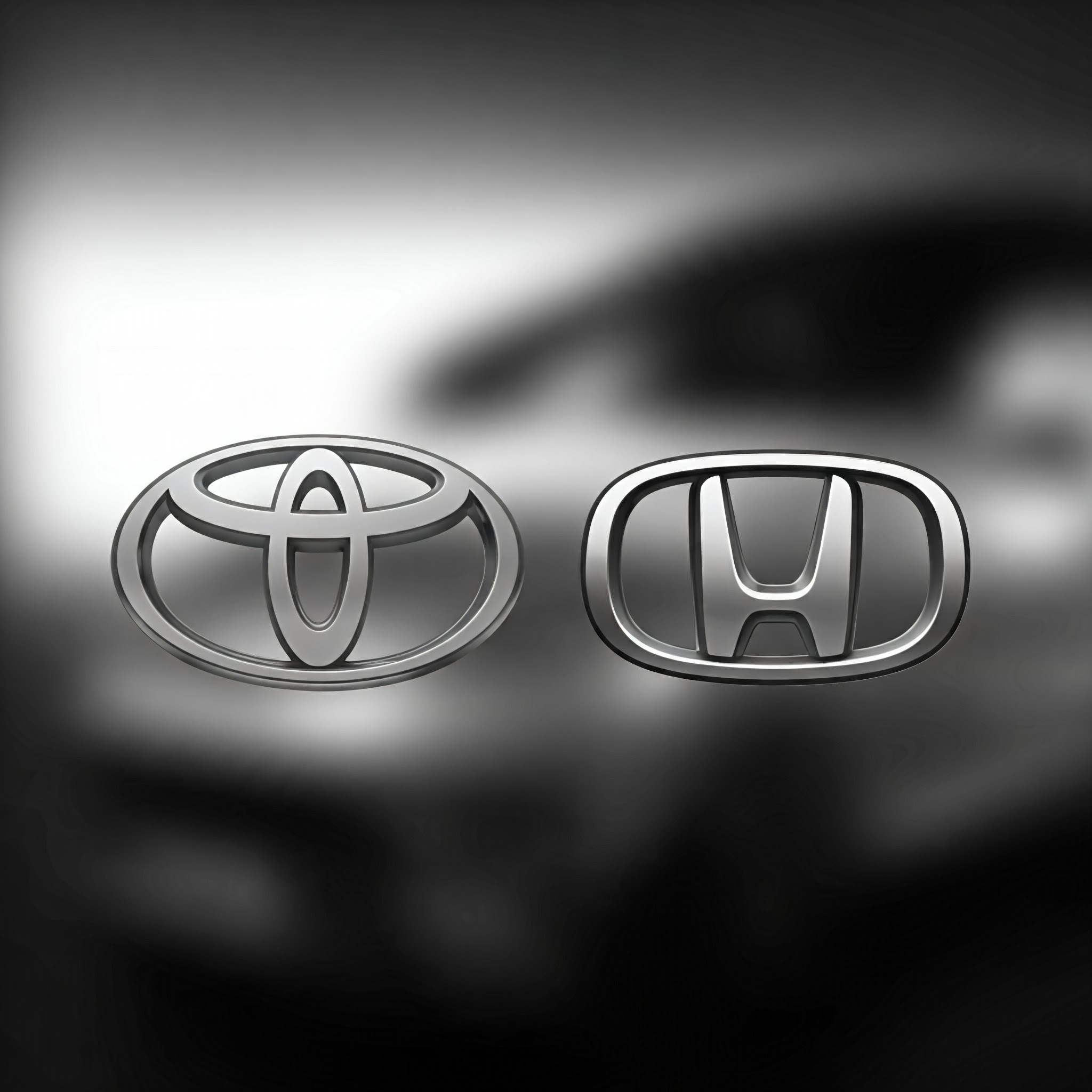The automotive industry in Bangladesh is shaped by two global giants: Toyota and Honda. These brands have redefined transportation for millions, leaving a lasting imprint on the nation’s auto landscape. While Toyota has long held the throne, Honda’s strategic growth in both cars and motorcycles has sparked a healthy competition that benefits consumers and the economy alike.
Toyota: The Longtime Market Leader
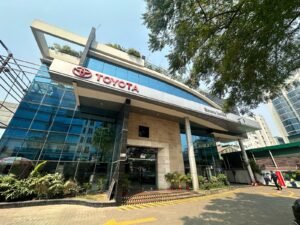
Handling
Toyota’s journey in Bangladesh began in 1964 when Navana Limited became the exclusive distributor for new Toyota vehicles [1]. Known for reliability, efficiency, and affordability, Toyota has become the brand of choice for families, professionals, and ride-sharing services.
Despite global supply chain challenges, Toyota’s production rose by 7% in January 2023, showcasing its resilience and commitment to innovation [3]. In Bangladesh, this adaptability is evident in the growing interest in hybrid models like the Prius, aligning with the nation’s sustainability goals [10].
Popular Toyota models in Bangladesh include:

- Toyota Corolla: A global best-seller, renowned for reliability and fuel efficiency.
- Toyota Premio: A favorite among Bangladeshi middle-class families for its premium feel at a reasonable cost.
- Toyota Noah: A practical choice for large families and ride-sharing due to its spacious interior.
- Toyota Prius: A hybrid car attracting eco conscious buyers [11].

However, Toyota faces challenges due to rising inflation and stricter import regulations, which have slowed luxury car sales [2]. Nevertheless, its dominance in the mid-range reconditioned car market remains unshaken.
Honda: The Rising Challenger
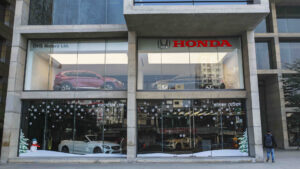
Honda’s presence in Bangladesh was initially rooted in motorcycles, where it still holds a dominant position with models like the Honda CB Hornet, Dream series, and Honda Dio [6]. Affordable, fuel-efficient, and stylish, these bikes are a staple for daily commuters.
In recent years, Honda has aggressively expanded into the car market. By focusing on compact cars and appealing to younger buyers, Honda is positioning itself as a viable competitor to Toyota [9]. Honda’s investments in local assembly plants also help reduce costs and support industrial growth [8].
Honda’s popular car models in Bangladesh include:
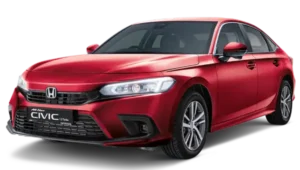
- Honda Civic: A stylish sedan appealing to younger, trend-conscious buyers.
- Honda BR-V: A compact SUV that combines performance with practicality.
- Honda Accord: A premium option offering comfort and advanced technology.
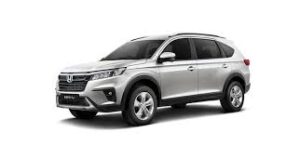
- Honda Fit: A compact hatchback with an emphasis on efficiency and innovation.
Toyota vs. Honda: The Competitive Landscape
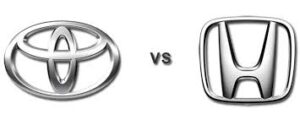
The competition between Toyota and Honda is evident across multiple fronts:
- Market Segments: Toyota leads in the reconditioned car market, while Honda dominates the motorcycle sector and is making inroads into compact cars [6][11].
- Consumer Preferences: Toyota appeals to practical, reliability-focused buyers, whereas Honda attracts a younger demographic seeking performance and innovation [7].
- Sustainability: Toyota is advancing hybrid car technology, and Honda is exploring electric motorcycles, reflecting their commitment to eco-friendly solutions [10].
- Strategic Approaches: Honda’s local manufacturing helps reduce costs and boosts accessibility, while Toyota leverages its global reputation and widespread service network [1][8].
This competition is pushing both brands to innovate and adapt, ultimately raising the standards for the entire automotive industry in Bangladesh.
Changing Consumer Preferences
Bangladeshi consumers are increasingly drawn to vehicles that balance affordability, efficiency, and sustainability. Economic factors like inflation and government regulations have further driven demand for mid-range vehicles, where both Toyota and Honda excel [2][7].
Toyota’s hybrid offerings cater to environmentally conscious buyers, while Honda’s sleek and efficient compact cars and motorcycles attract a dynamic, younger audience. This evolution in consumer preferences underscores the need for both brands to remain agile in their offerings.
Broader Impact on the Auto Industry
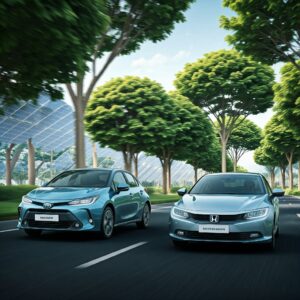
Together, Toyota and Honda have elevated the standard of transportation in Bangladesh. Toyota’s leadership has fostered an ecosystem of dealers, service providers, and parts suppliers, while Honda’s local investments have strengthened industrial growth and job creation [1][8].
Their collective push towards sustainability, with hybrid and electric models, is reshaping Bangladesh’s approach to green transportation, encouraging a shift toward eco-friendlier mobility solutions [10].
Conclusion
Toyota and Honda have played transformative roles in Bangladesh’s automotive sector. Toyota’s enduring legacy of reliability and Honda’s growing reputation for innovation present a dynamic competition that is driving progress and innovation in the industry. As both brands continue to evolve, they will remain central to shaping the future of transportation in Bangladesh.
Sources
- Toyota Bangladesh
- The Daily Star: Luxury Car Sales Slow
- Toyota’s Global Output
- Changing Tastes in Bangladesh’s Car Market
- Luxury Car Sales Analysis
- Honda Bangladesh
- A Brief Look at Bangladesh’s Auto Industry
- The Rise of Honda
- Honda’s Competition with Toyota
- Automotive Industry in Bangladesh
- Toyota’s Popularity in Bangladesh

